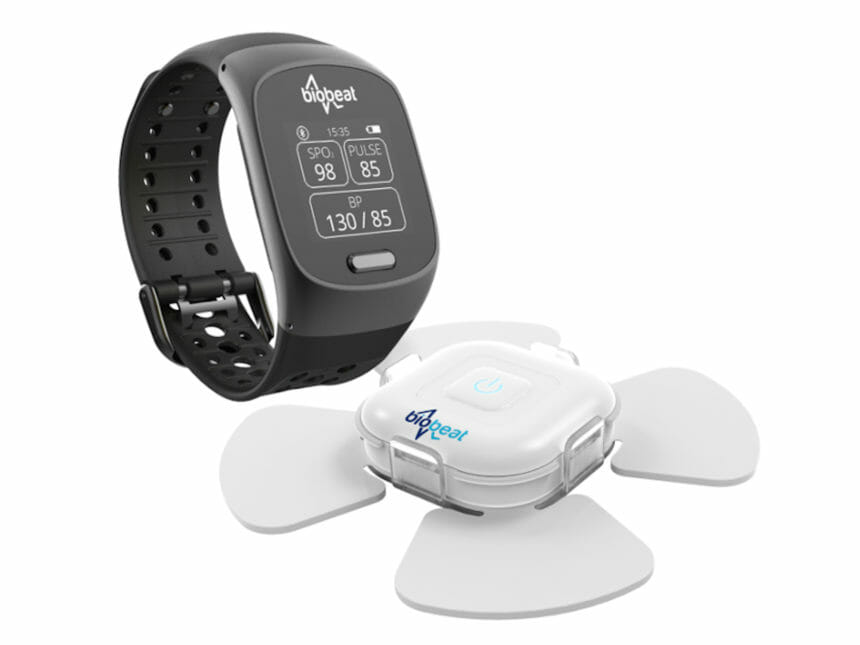
Biobeat, a provider of wearable remote patient monitoring solutions for the healthcare continuum, has announced the results of a comparison study of blood pressure measurements using its wearable photoplethysmography-based cuffless device versus a standard cuff-based manometry device. Photoplethysmography is an optical technique used to detect volumetric changes in blood in peripheral circulation.
The study, published in Scientific Reports, compared the similarity of measurements and overall agreement of blood pressure measurements between cuffless and cuff-based devices. Measurements were taken from 1,057 test subjects, with 491 test subjects receiving a second measurement after 5 minutes of strenuous walking. Test subjects were aged an average of 66 years and had an average body mass index of normal-high (mildly overweight); 9.1% of subjects previously had received a diagnosis of hypertension.
“Patients with hypertension require a holistic approach to care, necessitating frequent home-based and ambulatory blood pressure monitoring to provide consistent and accurate patient readings,” explained Arik Eisenkraft, Biobeat’s chief marketing officer. “The findings from this study demonstrate the accuracy and reliability of the PPG-based device for home and ambulatory measurements.”




